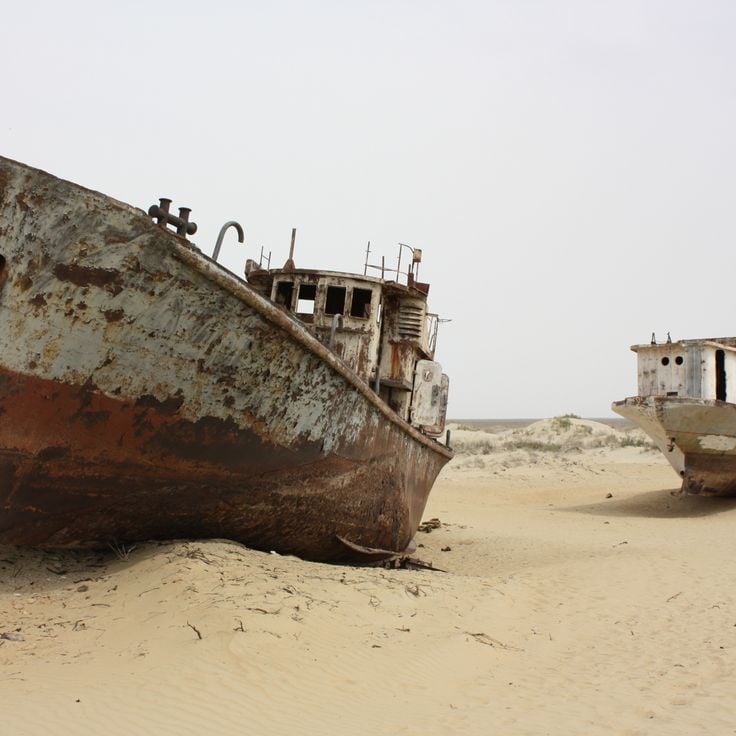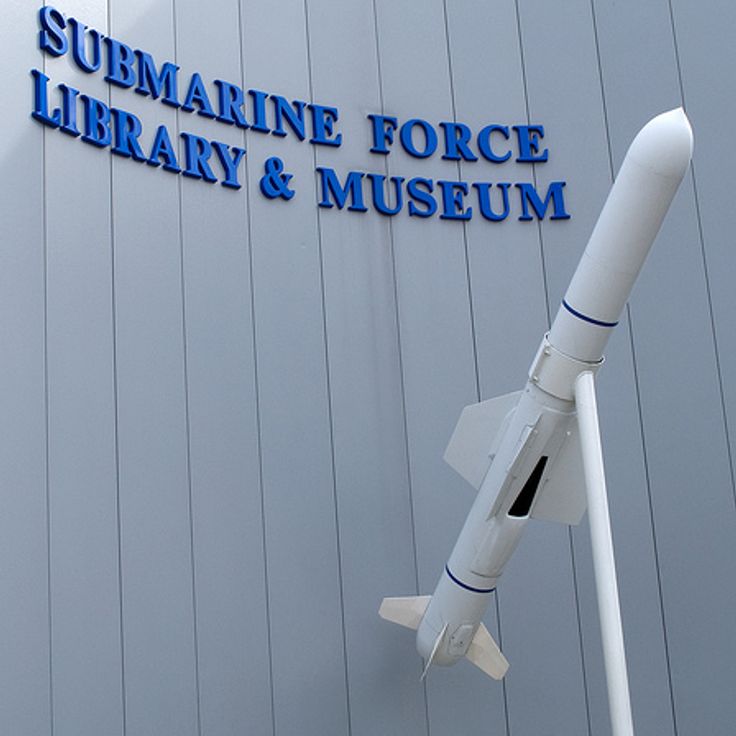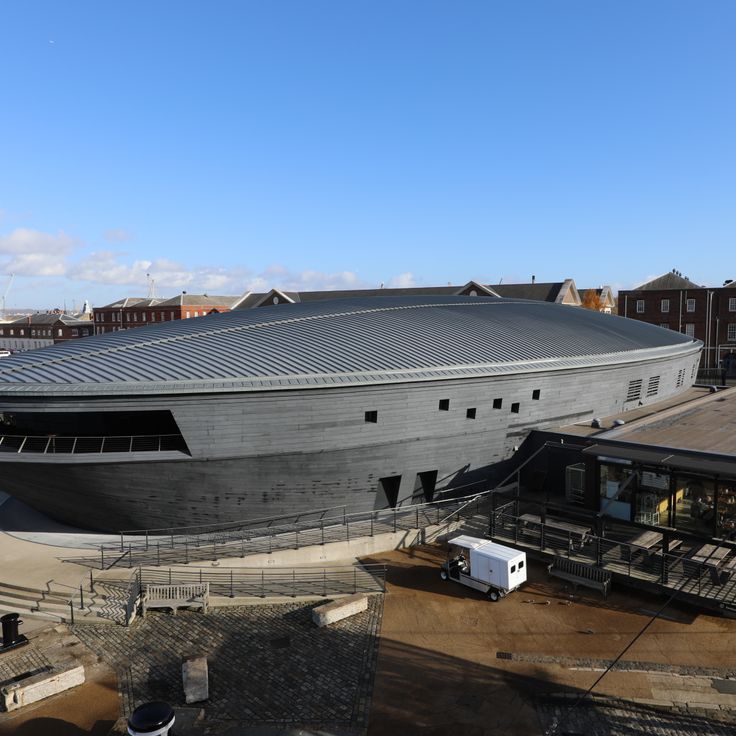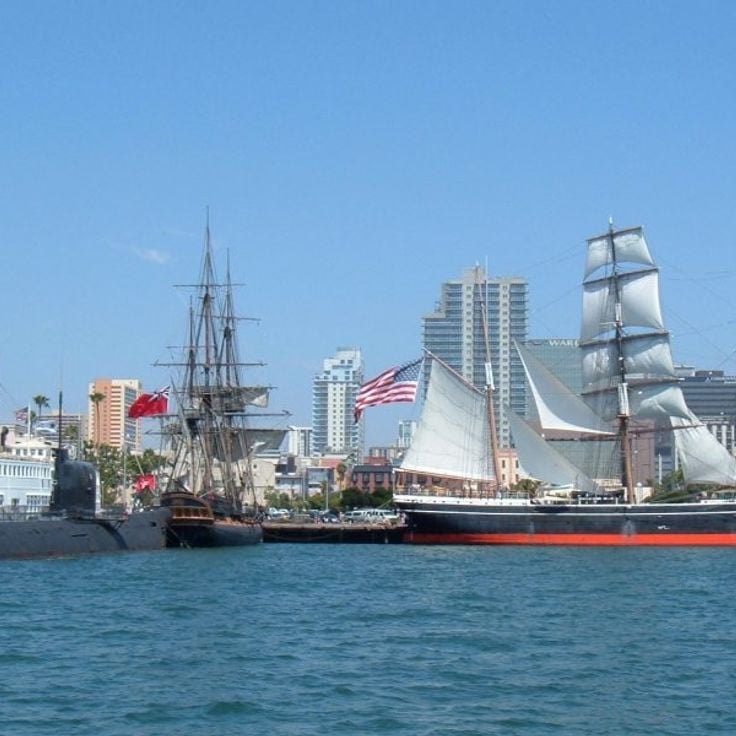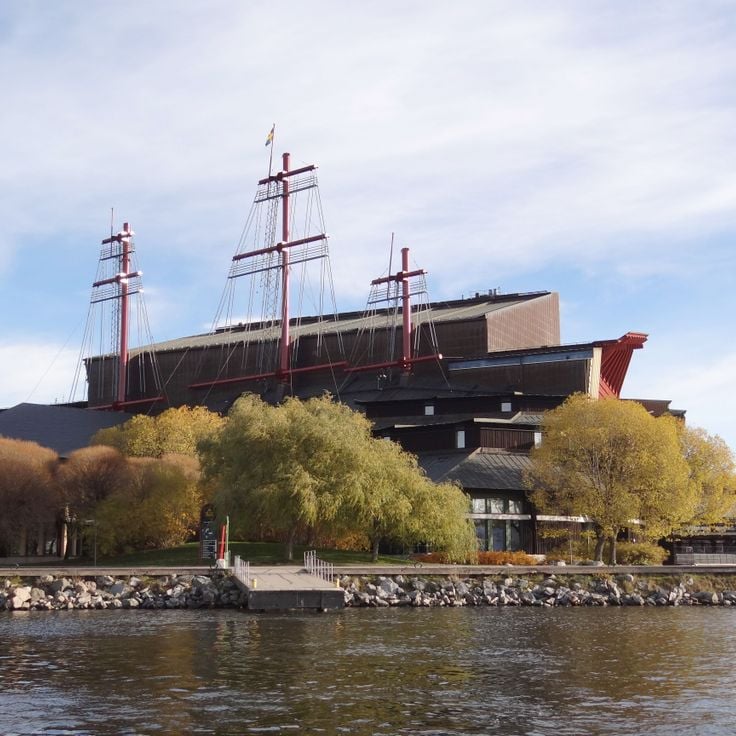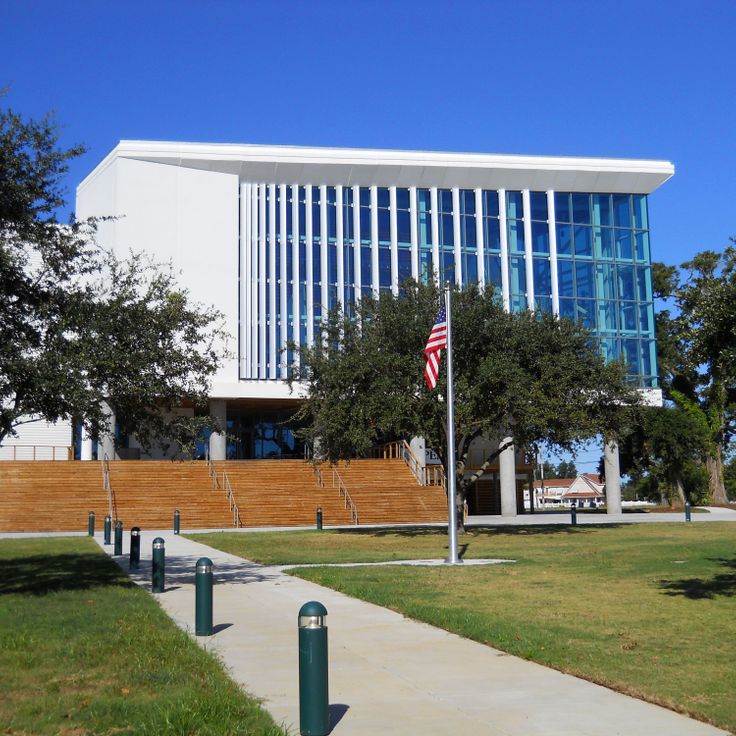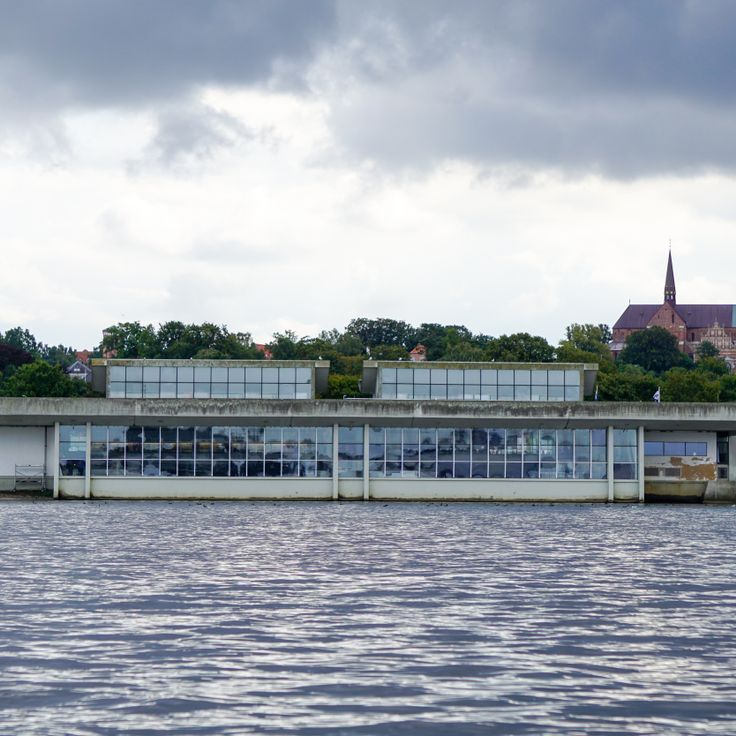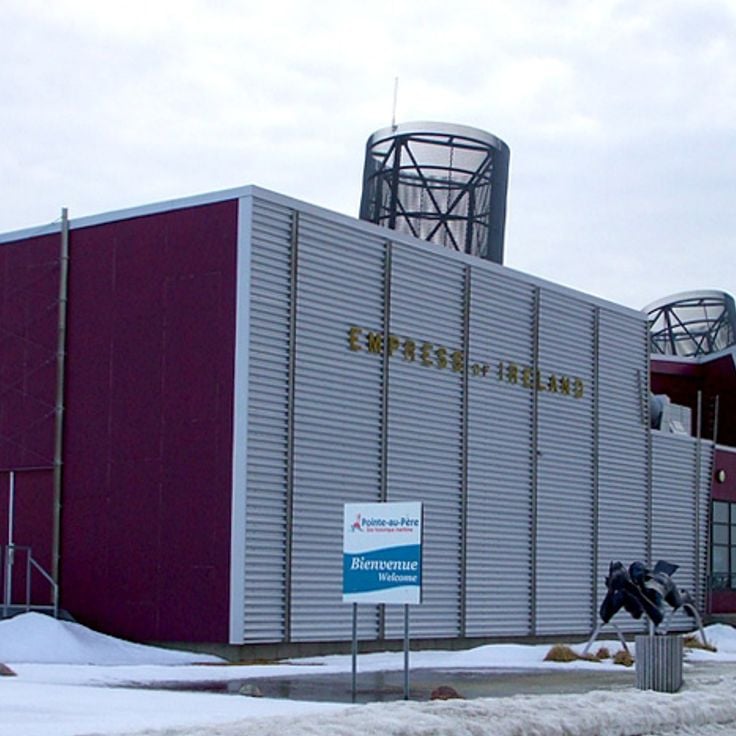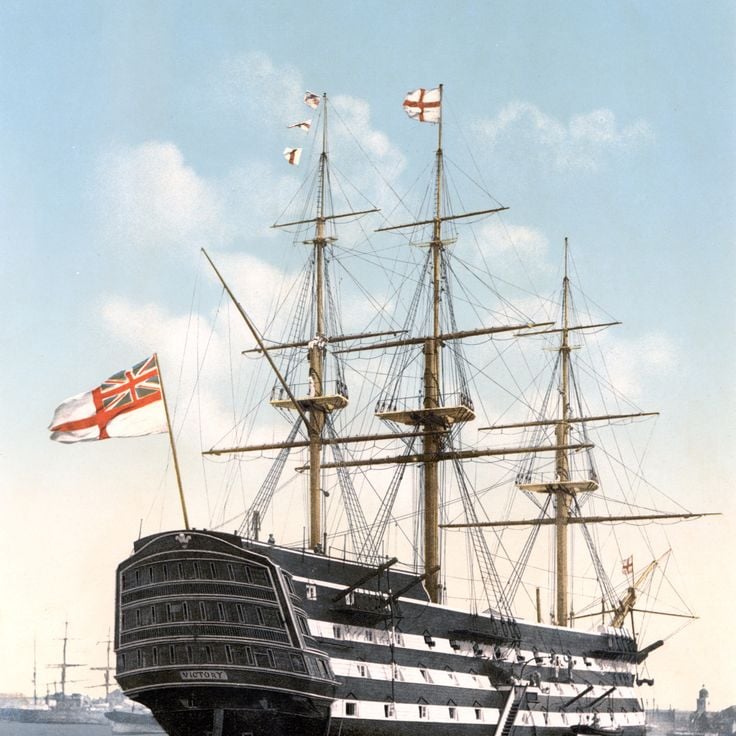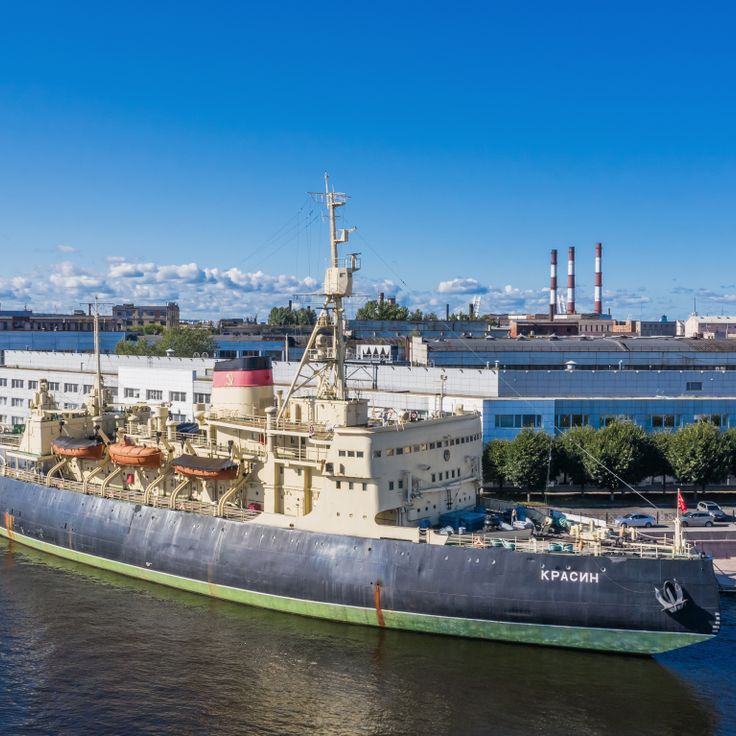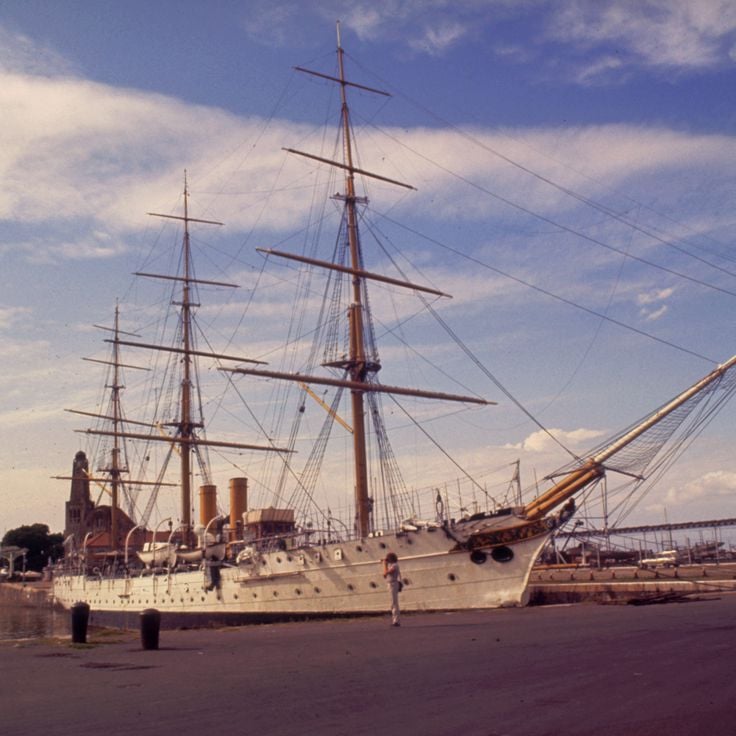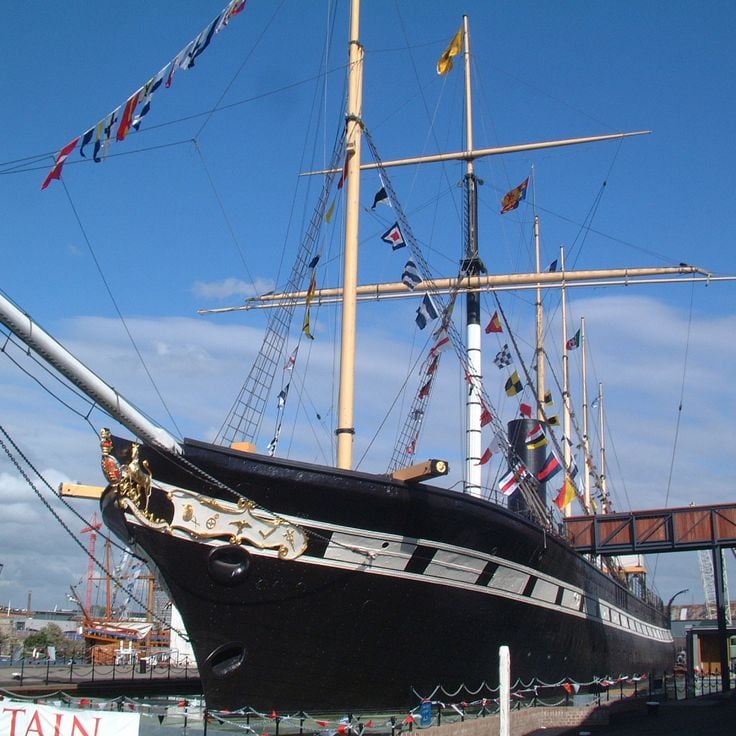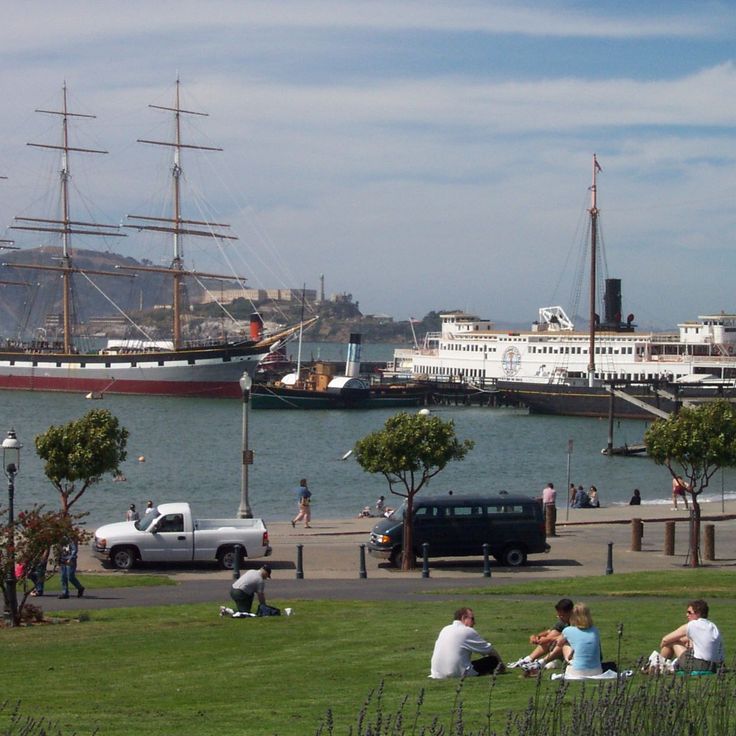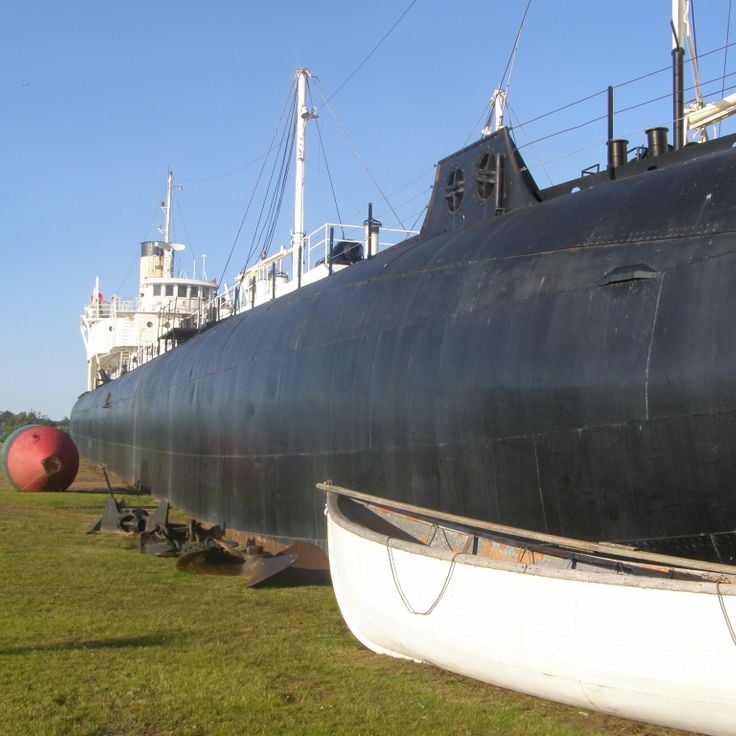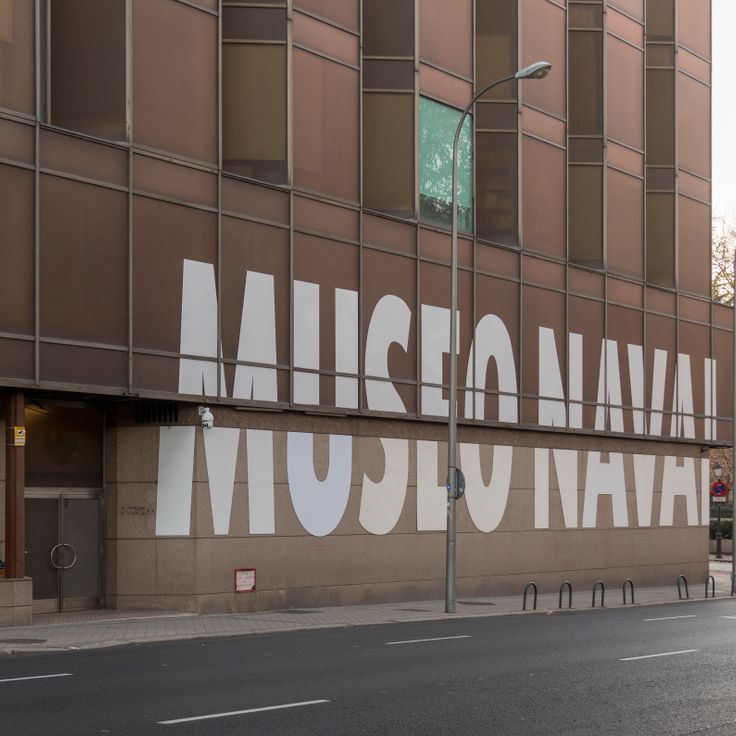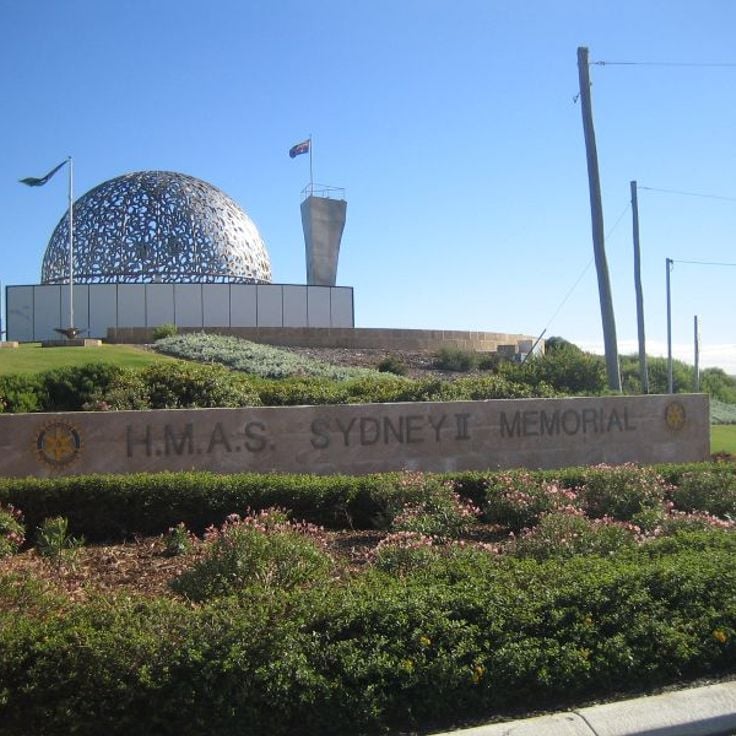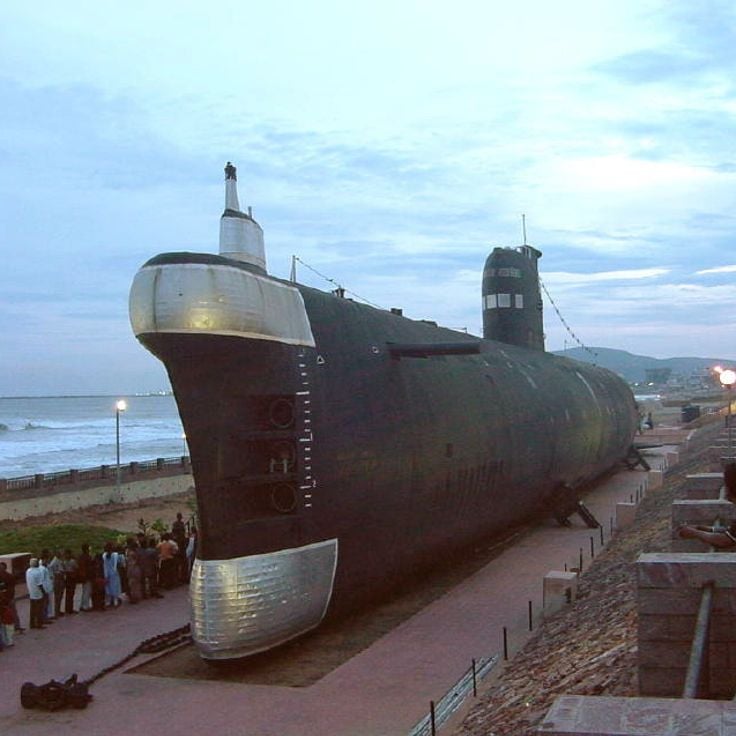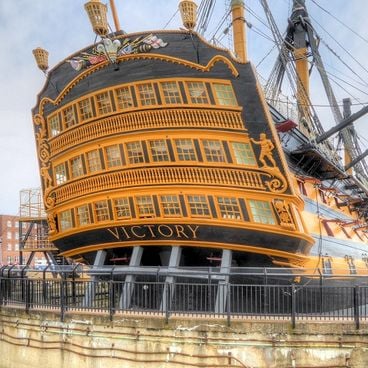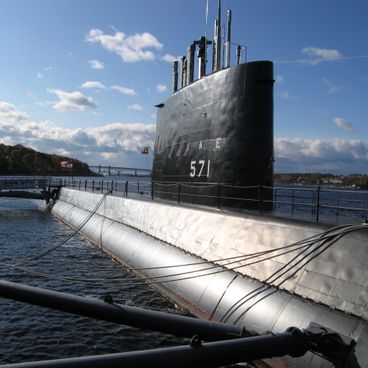This collection documents the development of seafaring through preserved ships, submarines, and naval museums. The selection includes warships such as USS Constitution in Boston, the Swedish warship Vasa in Stockholm, and HMS Victory in Portsmouth. Visitors can explore restored sailing ships, steamships, and modern naval vessels that represent different eras of maritime history. The featured locations span multiple countries and showcase various aspects of maritime heritage. From Portuguese caravels to British ships of the line and American frigates, these vessels illustrate technical developments and historical events. Many of these museums and ships provide access to decks, captain's quarters, and crew spaces, making life at sea tangible for visitors.
The abandoned ships of Mo'ynaq stand in the sand several kilometers from the former shore of the Aral Sea. These large fishing vessels recall the time when Mo'ynaq was still a functioning port. The continuous water recession led to the cessation of port operations and transformed the region into a desert landscape dotted with rusting ship hulks.
The Submarine Force Museum in Groton houses the USS Nautilus, the world's first nuclear-powered submarine. The museum presents the development of the American submarine fleet through military artifacts, technical models, and historical documents. Visitors can tour the interior of the USS Nautilus and learn about crew life aboard the vessel as well as technological advances in submarine warfare throughout the decades.
The Mary Rose Museum presents the royal warship that sank in 1545 off the coast of Portsmouth. The exhibition includes the recovered vessel itself along with 19,000 artifacts from the 16th century. Visitors can view the remains of the Tudor warship and explore items from the crew's daily life, including weapons, tools, medical instruments, and personal belongings of the sailors.
The Maritime Museum of San Diego presents a collection of historic ships and maritime objects from several centuries. The museum maintains a fleet of restored vessels, including the 1863 Star of India, one of the oldest active sailing ships in the world. The exhibitions document the history of navigation along the Pacific coast and display nautical instruments, ship models, and objects from seafaring life.
The Vasa Museum presents the warship of the same name from 1628, which sank in Stockholm harbour during its maiden voyage. After 333 years underwater, the ship was salvaged in 1961 and restored. The Vasa is considered the best-preserved 17th-century ship in the world and displays the naval architecture of Sweden's great power era with its richly decorated sculptures and original construction.
The U-995 submarine at Laboe is the only preserved Type VII C U-boat, the most produced submarine class of World War II. Commissioned in 1943, this vessel now rests at the Naval Memorial and operates as a technical museum. Visitors can navigate through the cramped compartments and examine the original torpedo tubes, diesel engines, navigation instruments, and crew quarters. The exhibition documents daily life for the 44-member crew and the technical characteristics of this historical weapon.
The Lake Biwa Museum presents the history and ecology of Japan's largest freshwater lake. The exhibitions include aquariums displaying native fish species, geological displays about the lake's formation, and documentation of human settlement along its shores. Scientific sections explain water quality, biodiversity, and the ecological challenges facing Lake Biwa.
The MS Maritime Museum presents a collection of maritime objects from Mississippi's history. Visitors can examine navigation instruments, ship models, and documents related to regional seafaring. Outside, the historical schooner PIRATE is moored and accessible for viewing, offering insights into 19th-century shipbuilding techniques.
The Viking Ship Museum in Roskilde displays five original Viking ships from the 11th century, discovered during excavations in Roskilde Fjord. These vessels were deliberately sunk to protect the fjord from enemy attacks. The collection includes different ship types, such as warships and trading vessels, providing insights into shipbuilding techniques and maritime life during the Viking Age.
This exhibition presents the history of the passenger ship Empress of Ireland, which sank on May 29, 1914, after colliding with a Norwegian coal freighter in the Saint Lawrence River. The disaster claimed 1012 lives and remains one of the deadliest maritime accidents in Canadian history. The exhibition displays recovered artifacts, personal belongings of passengers, and documents the circumstances of the sinking and rescue operations.
HMS Victory is a first-rate warship carrying 104 guns, launched in 1765 and serving as Admiral Lord Nelson's flagship at the Battle of Trafalgar in 1805. The vessel represents 18th-century naval architecture and remains moored at Portsmouth Historic Dockyard as a museum ship. Visitors can explore the restored decks, officer quarters, and the spot where Nelson fell during the battle.
The Krasin is a Russian icebreaker constructed in 1916 in the United Kingdom. The vessel played a key role in rescuing survivors from Umberto Nobile's failed North Pole expedition in 1928. The icebreaker served for decades in Arctic waters and became known for its ice-breaking capacity and resilience. Today, the Krasin is moored in St Petersburg as a museum ship, documenting the history of Russian polar exploration and maritime navigation.
The USS Constitution is a three-masted wooden frigate launched in 1797 and armed with 44 cannons. The warship served the United States Navy in several armed conflicts, including the Quasi-War with France and the Barbary Wars. During the War of 1812 against Britain, the frigate earned its nickname when British cannonballs bounced off its sturdy oak construction. The vessel now rests at Charlestown Navy Yard and remains on the active roster of the US Navy, making it the oldest commissioned warship afloat in the world.
The Frigate Sarmiento was built in England in 1897 and served the Argentine Navy for over six decades as a training vessel. This steel sailing ship completed 37 training voyages, covering more than one million nautical miles across the world's oceans. Thousands of naval cadets received instruction in navigation and seamanship aboard this vessel. The ship carries three masts with 2,650 square meters of sail area and accommodated 330 crew members during operations. Since 1964, the Frigate Sarmiento has been preserved as a museum ship in Puerto Madero, documenting Argentina's naval history and maritime heritage.
The SS Great Britain was the first large passenger ship with an iron hull and screw propeller. The vessel was designed by Isambard Kingdom Brunel in 1843 and transported thousands of passengers across the Atlantic and to Australia during its service years. After its decommissioning in 1886, it served as a warehouse in the Falkland Islands before being returned to Bristol in 1970 and restored as a museum ship.
The Visitor Centre displays artifacts recovered from a ship that sank in 1857 carrying gold coins valued at several million dollars. The exhibition presents maritime equipment and personal belongings of passengers. The recovered items document seafaring and gold transportation in the 19th century. Visitors can view original artifacts from the wreck.
The Palmach Maritime Museum in Haifa preserves the history of Israeli naval operations during the War of Independence. The exhibition displays original equipment, weapons and vessel parts used by members of the Palmach naval forces. Historical documents, photographs and personal items belonging to the fighters tell the story of secret missions to break the British blockade. The museum is housed in a former naval building and presents authentic testimonies from this important period in Israeli history.
The SS Meteor is the last surviving whaleback freighter, built in Superior in 1896. This museum ship displays the innovative hull design featuring a curved deck and rounded sides, specifically engineered for transporting iron ore and grain across the Great Lakes. The SS Meteor served in commercial shipping for over 70 years, carrying bulk cargo between Lake Superior ports.
The Naval Aviation Museum in Yeovilton houses a collection of 103 aircraft documenting the development of British naval aviation. The museum maintains an archive of two million documents, including photographs, technical drawings and personal records. The exhibition displays machines from different eras, ranging from early biplanes to modern helicopters and fighter jets.
The Madrid Naval Museum presents a collection of 10,500 objects documenting Spanish maritime history from the 15th century to the present day. The exhibition includes navigation instruments, ship models, historical maps, weapons, and personal items belonging to famous seafarers. This museum chronicles Spain's role in transatlantic exploration, trade with the American colonies, and the evolution of the Spanish naval forces across different historical periods.
The HMAS Sydney II Memorial in Geraldton honors the 645 sailors who perished in 1941 when the Australian warship sank off the Western Australian coast. This granite memorial features a 12-meter diameter silver dome representing the ship and its crew. The site includes a central pillar, interpretive panels detailing the battle with the German auxiliary cruiser Kormoran, and a contemplation area overlooking the Indian Ocean where the vessel was lost.
The German Technology Museum presents an extensive collection of historical ships, navigation instruments and maritime tools spanning from medieval times to the present day. The exhibition documents the evolution of seafaring and displays original artifacts that illustrate technical advances in maritime navigation.
The Fortaleza do Monte rises on a hill in central Macau and was constructed between 1617 and 1626 by the Jesuits. This military fortification played a critical role in defending the Portuguese trading colony against Dutch attacks in 1622. The fortress features massive stone walls, historic cannons positioned along the bastions, and underground storage rooms for ammunition and provisions. From the fortification walls, there are views over the harbor and the city. Today the site houses the Macau Museum, which documents the region's history.
The Kursura Submarine Museum features a Soviet Foxtrot-class submarine commissioned in 1969 that served the Indian Navy for 31 years. Decommissioned in 2001, the submarine was converted into a museum and now rests permanently on Ramakrishna Beach. Visitors can navigate through the narrow passages, explore the crew quarters, and examine the torpedo launch tubes and technical equipment that were essential to submarine operations during the Cold War era.
